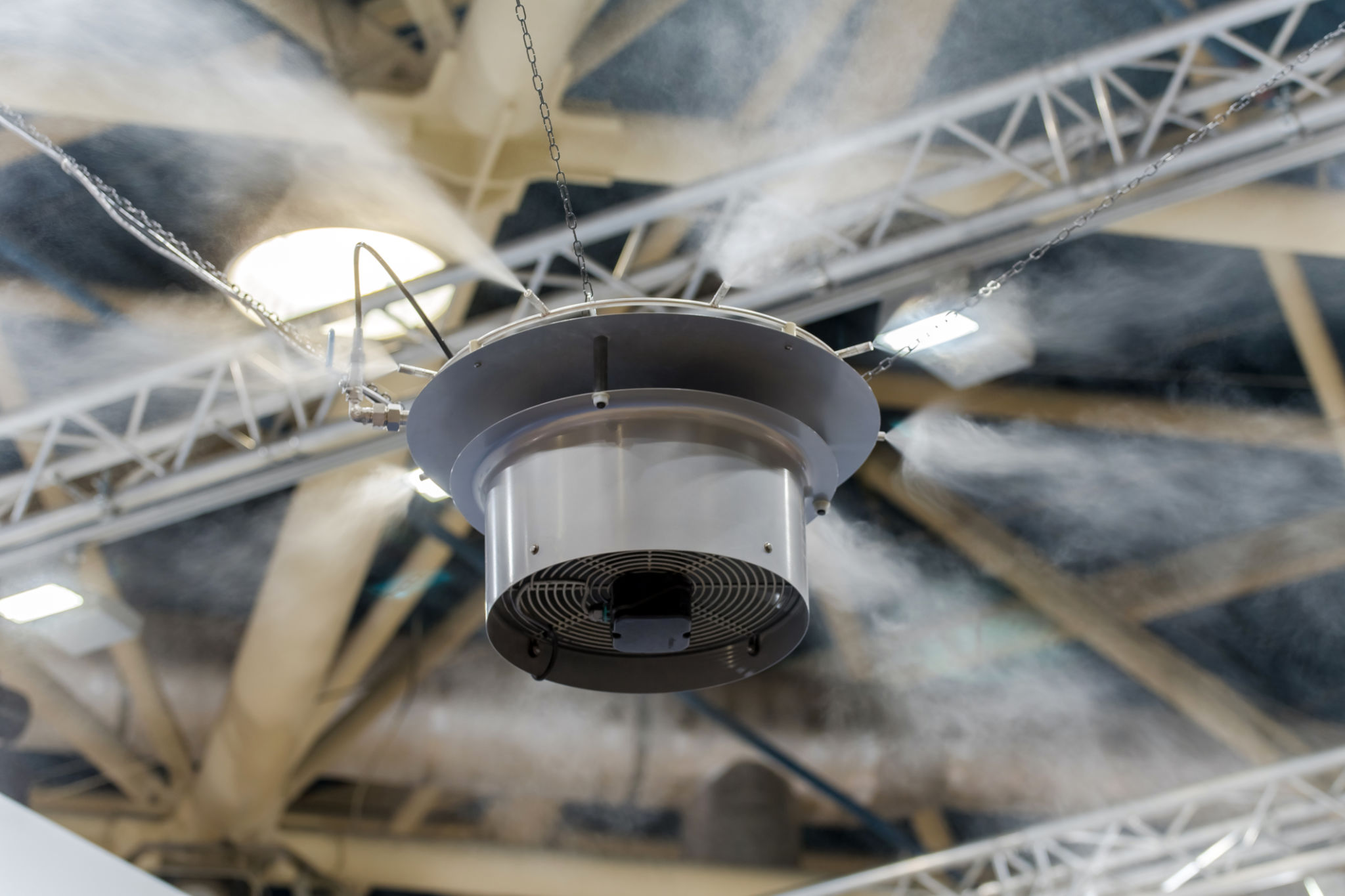The Benefits of Evaporative Cooling in South Australia's Climate
Understanding Evaporative Cooling
Evaporative cooling is an energy-efficient and eco-friendly method of cooling indoor spaces. Unlike traditional air conditioning systems that use refrigerants, evaporative coolers rely on the natural process of water evaporation to lower temperatures. This technology is particularly effective in arid climates, making it ideal for regions like South Australia.
In South Australia, where the climate is characterized by hot and dry conditions for a significant part of the year, evaporative cooling offers a sustainable solution. By harnessing the power of water evaporation, these systems provide a refreshing and comfortable indoor environment without the high energy consumption associated with conventional air conditioners.

Energy Efficiency and Cost Savings
One of the most compelling benefits of evaporative cooling is its energy efficiency. These systems consume significantly less electricity compared to traditional air conditioning units. This reduction in energy use translates to lower utility bills, providing substantial cost savings over time.
Furthermore, with rising energy costs and an increasing focus on sustainability, opting for evaporative cooling can contribute to a smaller carbon footprint. By choosing this eco-friendly option, homeowners and businesses in South Australia can enjoy both financial and environmental benefits.
Improved Air Quality
Evaporative coolers not only cool the air but also improve indoor air quality. As the system draws in outdoor air, it filters out dust, pollen, and other airborne particles. This process ensures that the air circulated indoors is fresh and clean, which can be particularly beneficial for individuals with allergies or respiratory conditions.

Moreover, evaporative cooling increases humidity levels in the air, which can be advantageous in dry climates. This added moisture helps prevent conditions such as dry skin, sore throats, and respiratory discomfort that are often exacerbated by dry air.
Easy Installation and Maintenance
Evaporative cooling systems are generally easier to install and maintain than traditional air conditioning units. The installation process is straightforward and does not require extensive ductwork or structural modifications. This simplicity makes it a viable option for both new constructions and retrofits.
In terms of maintenance, these systems require minimal upkeep. Regular cleaning and occasional part replacements are typically sufficient to keep the system running efficiently. This ease of maintenance further reduces the overall cost of ownership, making evaporative cooling an attractive option for many households and businesses.

Environmental Benefits
Choosing evaporative cooling not only benefits your wallet but also the environment. Traditional air conditioning systems often use refrigerants that can contribute to greenhouse gas emissions. In contrast, evaporative coolers rely solely on water and air, making them a more environmentally friendly choice.
Additionally, the reduced energy consumption associated with evaporative cooling means fewer fossil fuels are burned to generate electricity, further decreasing carbon emissions. By opting for this sustainable technology, South Australians can play an active role in mitigating climate change.
Conclusion
In summary, evaporative cooling offers numerous advantages for residents of South Australia. From energy efficiency and cost savings to improved air quality and environmental benefits, this cooling method represents a smart and sustainable choice for those living in hot and dry climates.
By understanding and embracing the benefits of evaporative cooling, homeowners and businesses can enjoy a comfortable indoor environment while contributing to a healthier planet. As South Australia continues to experience hot summers, considering evaporative cooling could be a worthwhile investment for the future.
